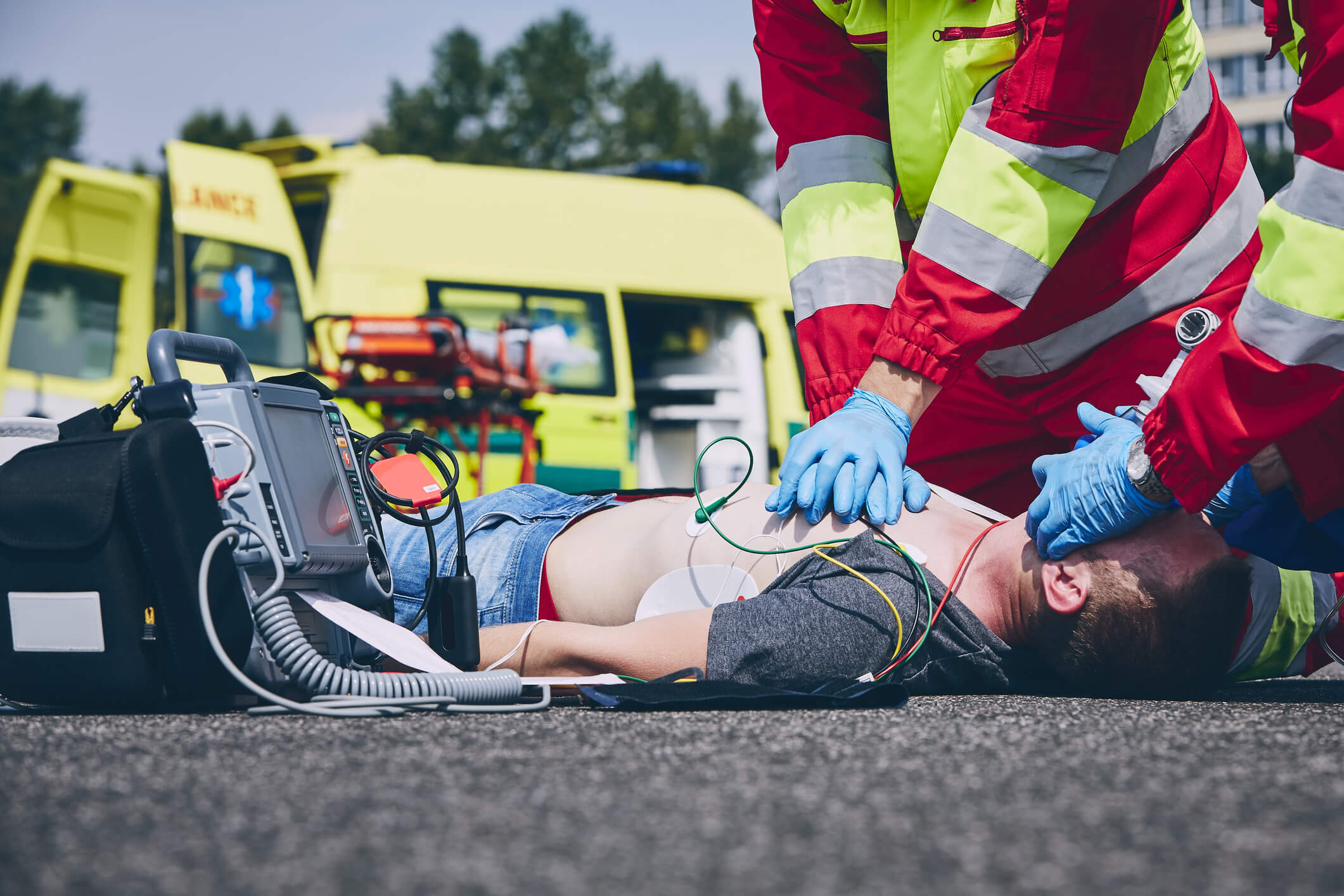
As an emergency provider, you may not initially be in the mindset of preventing long-term complications with your patient. You stabilize and treat your patient’s condition or injury, and then you focus on how to manage the patient moving forward. This is the nature of prehospital and emergency medicine—assess, stabilize, and “package” the patient for further care. But let’s take it a step further. Your initial actions, especially when it comes to protecting your patient’s airway, make a big difference in your patient’s future outcomes.
Prehospital and emergency airway decontamination and oral suctioning significantly decrease the risk of your patient developing aspiration pneumonia, a potentially life-threatening condition often associated with emergency resuscitation efforts. Let’s explore how you can better recognize the risk of pulmonary aspiration in your patients and discuss how oral suctioning is used to help prevent this deadly complication from occurring.
Recognize the Risk
Recognizing risk factors for aspiration is the first step to prevent aspiration pneumonia. Here’s where your assessment skills come into play. The following conditions that increase the risk for aspiration pneumonia include:
- Lack of or impaired consciousness
- Lung disease
- Seizure
- Stroke
- Dental issues
- Dementia
- Swelling of the tongue
Aspiration can occur at any age, but older adults are at an increased risk for aspiration and usually have the worst outcomes related to aspiration.
All Aspirations Are Not the Same
Does this mean that all dysphagic patients develop pneumonia? Aspiration, in and of itself, does not necessarily lead to pneumonia. Pneumonia from aspiration is the result of a very large amount of bacteria entering the lower respiratory system, where the bacteria overwhelms a patient’s weakened immune system protection.
The nature of the aspirate makes a difference. The majority of aspiration-related deaths occur because of inhalation of contaminants such as vomit, blood, and other materials. Mortality is related to the volume and content of the aspirate and is reported to be as high as 70 percent. It makes sense that preventing ingestion of these contaminants should be your priority when caring for the patients you have identified as high-risk for aspiration.
Oral Suctioning and Airway Decontamination
If increased bacterial load and contaminants in the airway are major contributing factors to the development of aspiration pneumonia, it makes sense that portable suction is a critical tool in avoiding aspiration pneumonia. Prompt and efficient oral suctioning reduces the patient’s exposure to contaminants and decreases the risk of hypoxia, among other complications.
 As in other procedures, techniques and tools matter when it comes to effective oral suctioning. An innovative oral suctioning technique, the SALAD (Suction-Assisted Laryngoscopy and Airway Decontamination) technique, calls for constant suction provided by a catheter in the upper airway. This continuously removes airway contaminants such as blood, vomit, and other materials, allowing you to intubate your patient and secure the airway.
As in other procedures, techniques and tools matter when it comes to effective oral suctioning. An innovative oral suctioning technique, the SALAD (Suction-Assisted Laryngoscopy and Airway Decontamination) technique, calls for constant suction provided by a catheter in the upper airway. This continuously removes airway contaminants such as blood, vomit, and other materials, allowing you to intubate your patient and secure the airway.
Prevention Is Key
The important message here is that aspiration pneumonia is a preventable complication. With aspiration pneumonia occurring in up to 50 percent of out-of-hospital cardiac arrest resuscitations, your priority as a prehospital and emergency provider is to use the best EMS equipment and techniques to prevent this complication from occurring in your patient.
Editor's Note: This blog was originally published in March 2019. It has been re-published with additional up to date content.













